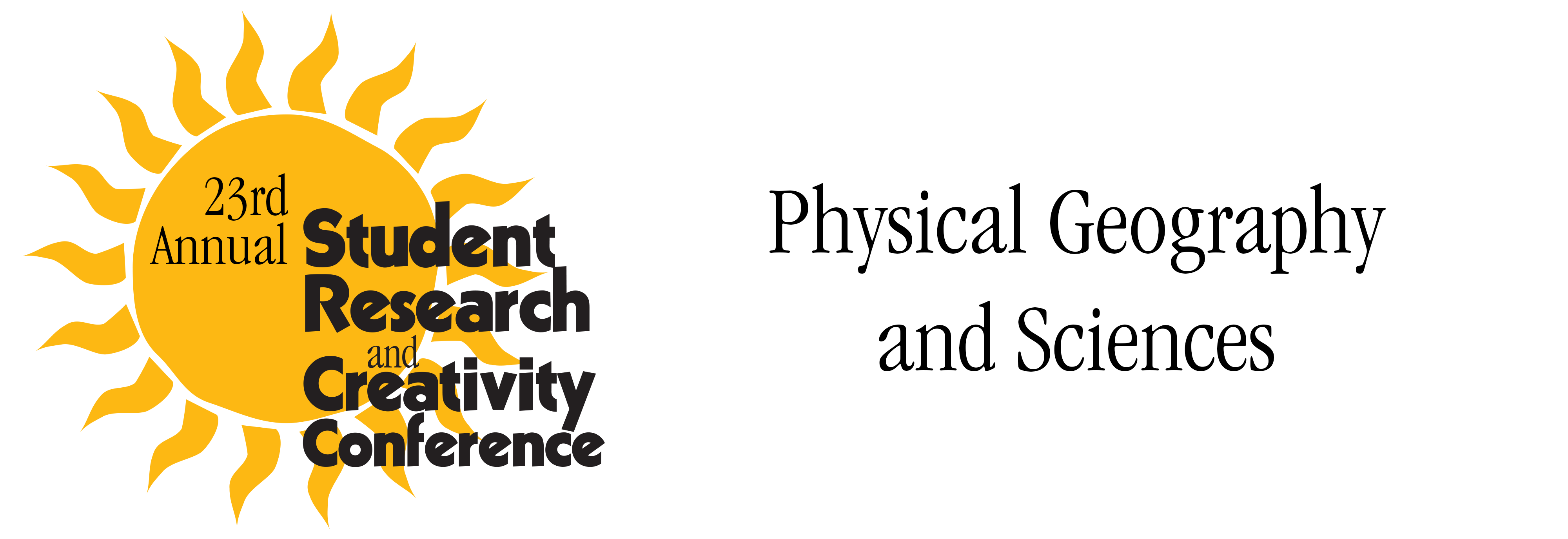
Files
Download Full Text (5.0 MB)
Description
Jacob Warden, GES460/472/529: Environmental Field Methods
Faculty Mentor(s): Professor Elisa Bergslien, Earth Sciences and Science Education
How does water quality in the surrounding areas of Western New York affect amphibians and other types of life that depend on it? Amphibians are the fastest declining species, due to poor water conditions because of contamination and poor disposal of chemicals or pesticides from farms. Amphibians absorb everything through their skin, so this is why it is important for them to be in an environment free of harsh chemicals. The goal of this project is to focus on testing the water quality in Scajaquada Creek. Scajaquada Creek is a 13-mile stream that starts in Lancaster and travels through Cheektowaga where it has been diverted to flow underground. It remerges near Delaware Park and it empties into the Niagara River in East Buffalo. It is anticipated that the water quality of the stream will decrease moving into the city and that amphibian populations will be higher upstream of combined sewer overflows and industrial outlets than downstream. To test this, potential stressors will be located, such as combined sewer overflow and regulated discharges. Sampling locations will be chosen along the path of the stream and upstream and downstream where the potentially significant stressors could exist. The water will be tested for ammonia, pesticides and any chemical that has a high part per million. In addition, field counts of the amphibian population of Northern Leopard frogs, Bullfrogs and Green frogs will be taken early in the spring. Doing this will show us their numbers before their offspring are developed. By doing egg counts, looking for the frogs along the banks and listening for seasonal calls as well, we can get a good estimate for these amphibians' individual populations.
Publication Date
2021
Recommended Citation
Warden, Jacob, "How Does Water Quality in Western New York Affect Amphibians?" (2021). Physical Geography and Sciences. 16.
https://digitalcommons.buffalostate.edu/srcc-sp21-physgeosci/16



